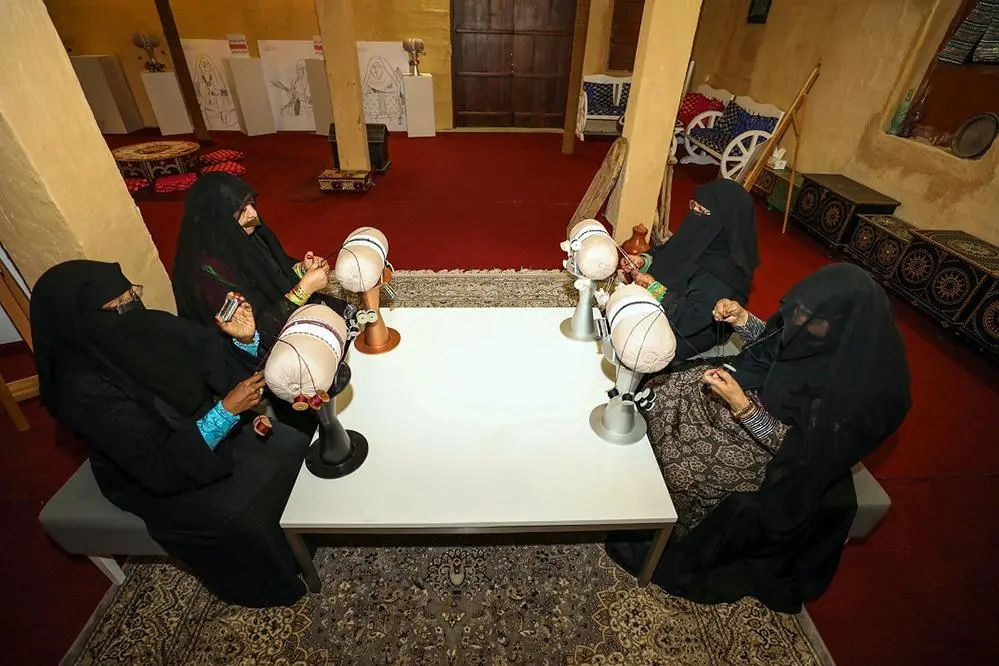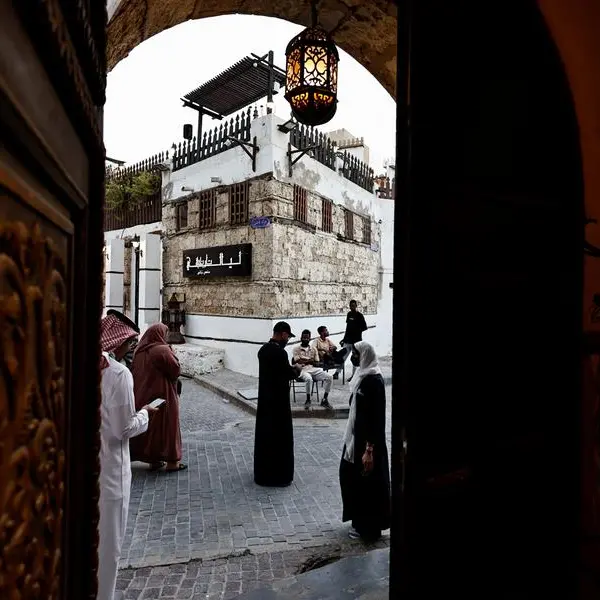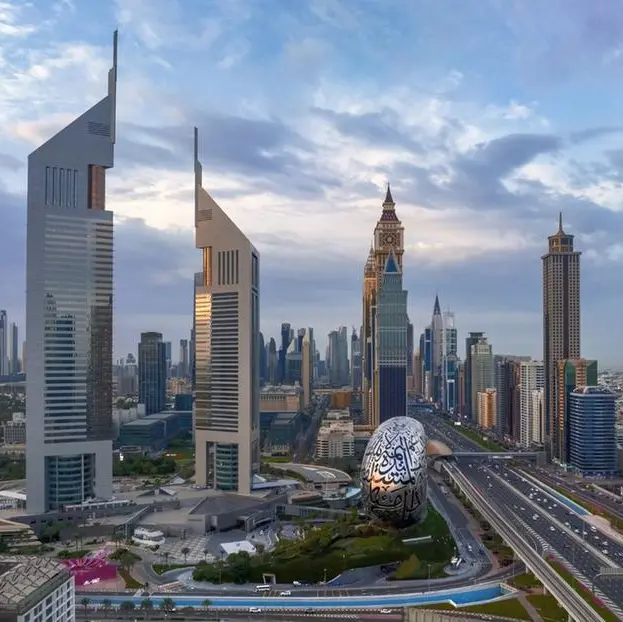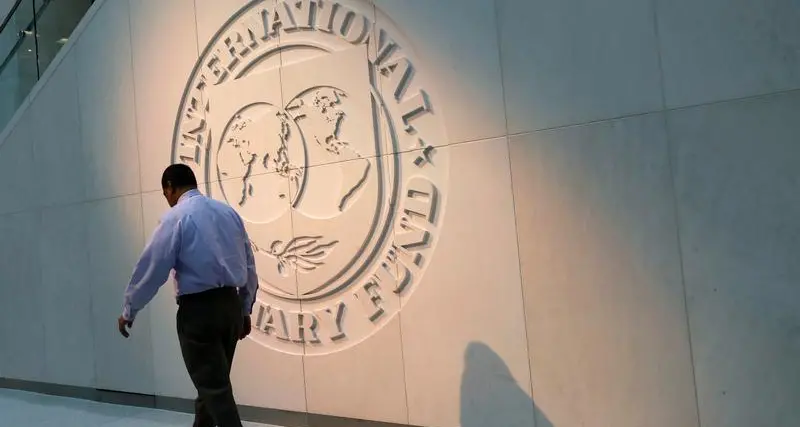PHOTO
Saturday, May 20, 2017
The new birthdate announced last week for one of UAE’s most cherished and famous historical sites, Al Bidiyah mosque in Fujairah, is an exciting step forward in the country’s ongoing efforts to precisely document the origins of its rich heritage. Using a scientific dating method that analysed the time stamp of the coral stone used in the mosque’s structure, two UAE-based researchers were able to arrive at the conclusion that the most probable period when the mosque was built was the year 1599, and not in 1400s as was earlier believed.
This is a significant development as it performs one of the most critical roles in history — endowing heritage with accuracy, because this accuracy is an indispensable requisite for the correct understanding of the past and its contribution to the present and the future. With 3,200 heritage sites across the country, the UAE’s efforts for the preservation and restoration of its immensely rich history are bearing visibly rewarding efforts everywhere you look. In Abu Dhabi, the legacy of Qasr Al Hosn is an outstanding example of preserving a cherished past. In Dubai, the ongoing efforts to protect heritage have seen 160 historic buildings, including forts, watch towers, the old city, houses, mosques and markets restored to their full glory while in Sharjah, a sweeping 15-year restoration project, scheduled for completion in 2025, aims to restore and revitalise its traditional areas to create a tourist and trade destination with contemporary artistic touches, even while ensuring it retains the feel of the 1950s.
These nationwide efforts by the UAE to immunise its heritage from the ravages of time, in tandem with the rapid development and progress, will ensure that its history will be an unbroken, harmonious continuum.
Gulf News
Gulf News 2017. All rights reserved.












